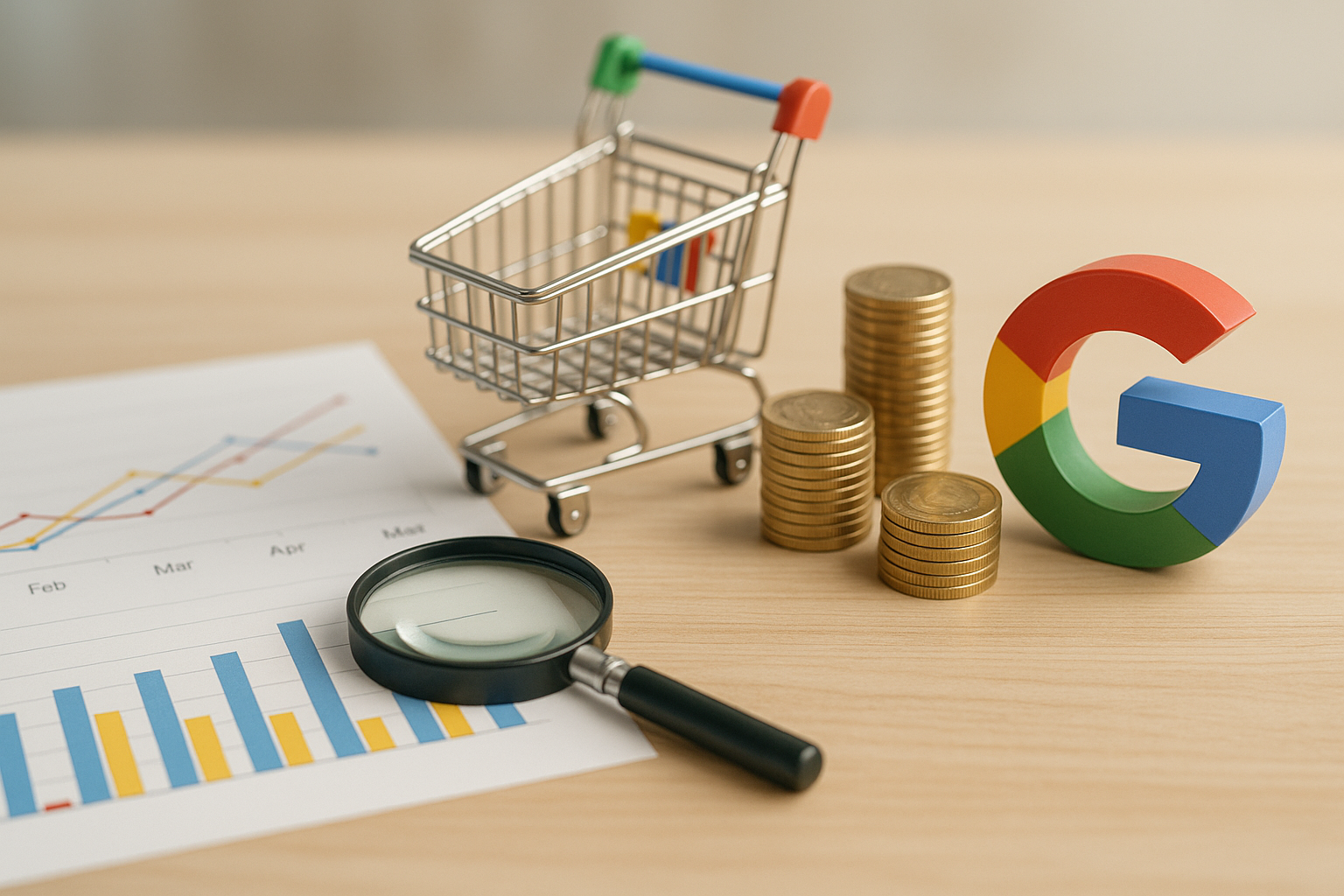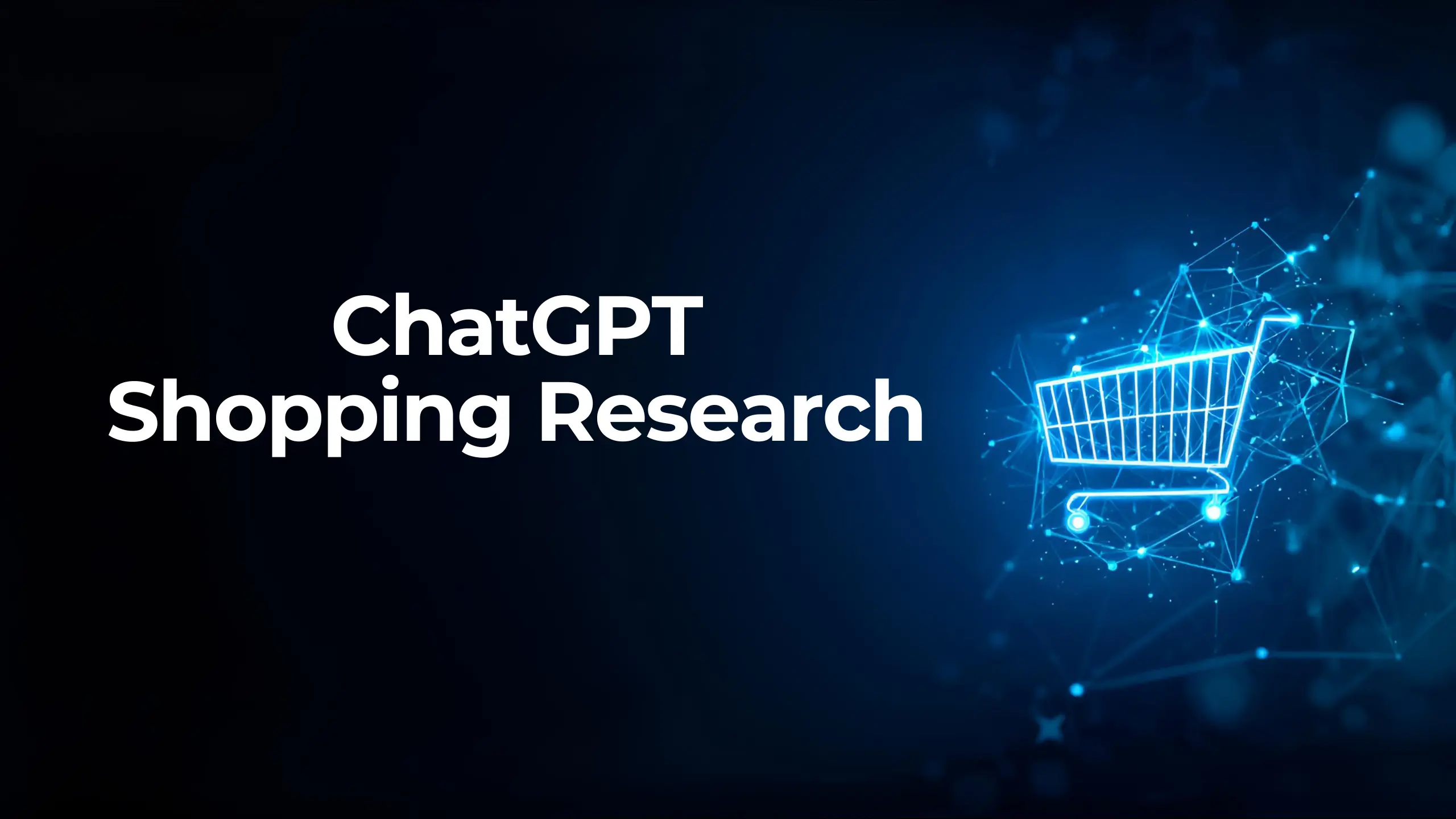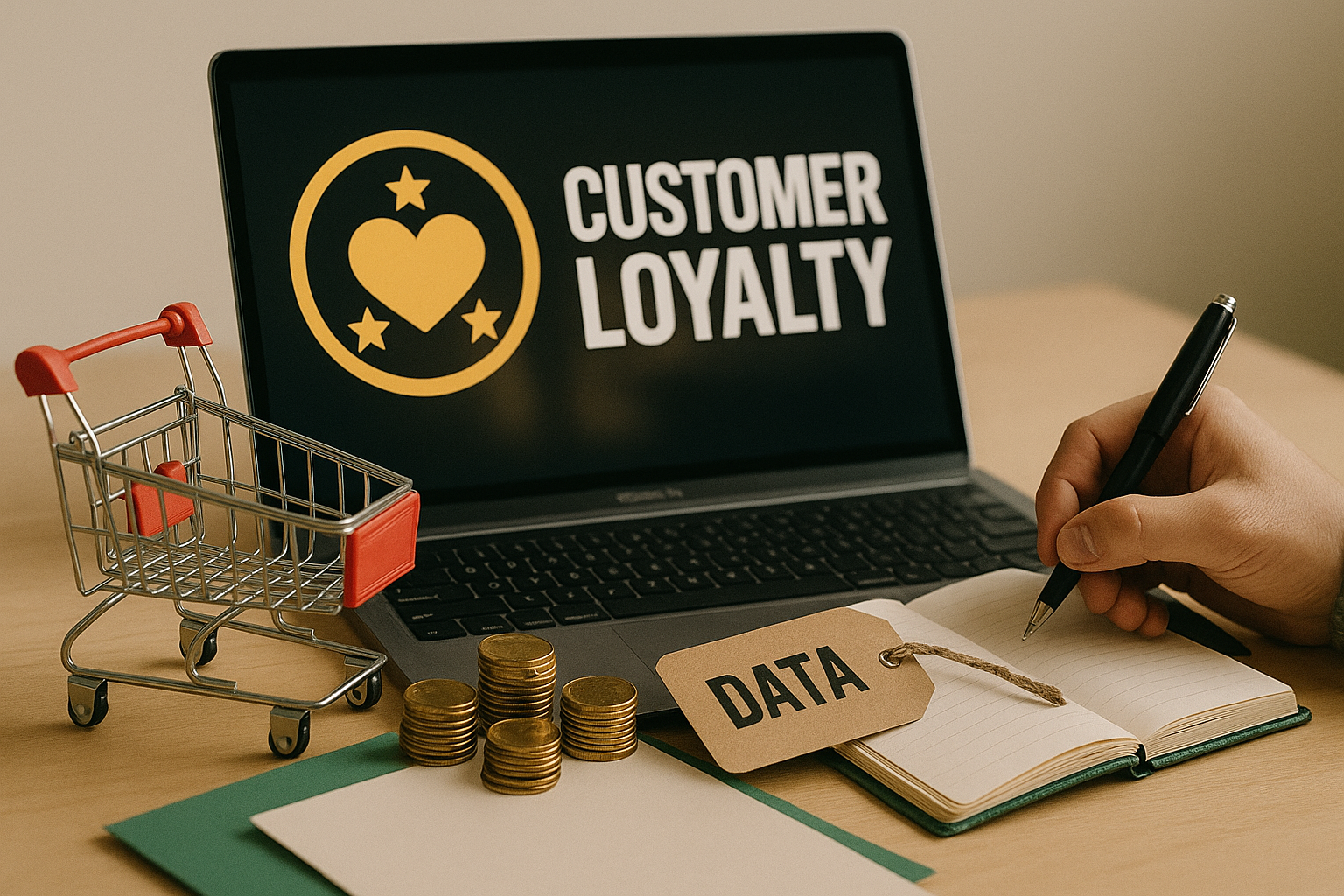
Anıl Çoğalan
Aug 28, 2025How Do You Dynamically Pass Your CRM Audiences to Advertising Channels?

The golden rule of digital marketing—reaching the right audience at the right time—is often missed due to inefficient batch processing methods. The key to effective, real-time targeting through CRM audience synchronization lies in a modern approach: event-driven architecture. This method captures real-time events using Pub/Sub, processes them with technologies like BigQuery streaming, and instantly sends your valuable customer data to Google's Customer Match and Meta's Custom Audiences. This dynamic system not only accelerates data transfer but also intelligently manages rate limits to ensure seamless communication, avoiding the API walls of advertising platforms.
Think about it for a moment. A customer favorites a product in your app. Instead of waiting for the next day's manual CSV upload or a 15-minute delay from Zapier, you could instantly add this person to your Meta or Google audience and serve them a relevant ad. By the time those manual processes run, the "moment" is long gone.
In this article, we'll break down how we overcame the time costs, flexibility constraints, and—most importantly—the "rate limit" walls imposed by third-party tools like Zapier. Let's explore how to transform your CRM data from a static list into a living, breathing organism that's constantly updated for your ad channels.
Dreams vs. Reality: Where Tools Like Zapier Fall Short
With the promise of automation, tools like Zapier and Make (formerly Integromat) are excellent starting points for non-coders. "When a user is added to the CRM, add them to a Facebook Custom Audience." It sounds simple, right? But as your business scales and data velocity increases, this magic wand quickly becomes a set of shackles.
1. The Time-Cost Trap: How "Instant" Is It, Really?
Zapier and similar platforms run on polling triggers, checking for new data at set intervals. Depending on your plan, this could be every 5, 10, or 15 minutes. In a world where purchase decisions are made in seconds, 15 minutes is an eternity. You miss the critical "hot moment." Imagine the operational drag and cost of syncing thousands of users one by one through these delayed cycles.
2. The Rate Limit Wall: Hitting the Brakes When You Need to Accelerate
Every API has a carrying capacity: its rate limit. This is the number of requests you can make in a given time frame. What happens during a major campaign when you need to add tens of thousands of users to an audience at once? Zapier will collide with the rate limits of both its own platform and the ad channel (Meta, Google, etc.). Just when you need to floor it, the system forces you to slow down, leaving you powerless.
3. The Flexibility Nightmare: Trapped Inside the Box
These tools provide pre-built templates. But what if you need a complex segment like, "users who have added items to their cart three times in the last 30 days but haven't purchased, and who also opened our most recent email"? What if you need to enrich, clean, or merge data from multiple sources before sending it? This is where you hit the rigid flexibility ceiling of off-the-shelf solutions.
The New Game Plan: Building Our Own Highway with APIs
Recognizing these bottlenecks, we made a decision: instead of getting stranded in someone else's rental car, we would build our own highway. This highway is built on direct API integration.
Here are the steps of our robust solution
Step 1: The Heart of the Data – Google BigQuery
In compliance with security and privacy standards, all our user data is hashed (e.g., PII like emails and phone numbers are encrypted) and streams dynamically into Google BigQuery. Every time a user takes an action—opens the app, views a product, adds to cart—that event data is processed and lands in our massive data warehouse almost instantly. This is our single source of truth.
Step 2: Polishing the Raw Diamond – Data Quality and Modeling
The data flowing into BigQuery is raw. Our job is to turn that raw diamond into a brilliant-cut gem. In our proprietary data processing layer, we:
Clean the Data: We scrub for incorrect, incomplete, or inconsistent entries.
Enrich the Data: We combine behavioral data with demographic or historical purchase data to build a 360-degree customer profile
Create Dynamic Segments: Using SQL queries, we can generate complex, real-time segments in seconds, such as "VIP customers who have favorited more than 3 products in the last 24 hours."
This stage is the brain of our advertising campaigns. It's where we decide who to target, when, and with what message.
Step 3: Light-Speed Delivery – API Push to Ad Channels
Now we have clean, enriched, and perfectly modeled audiences ready for activation. This is where the magic happens:
Our custom application takes these segments and pushes them directly to the Google Ads, Meta (Facebook/Instagram) Ads, and TikTok Ads APIs.
What does this give us?
Zero Latency: The moment data lands in BigQuery and is processed, it is added to the target audience on the ad platform within seconds. A customer could see a personalized ad on social media before they even close your app.
Limitless Scalability: Rate limits are no longer a concern. With our own code, we can intelligently manage API requests, queue them, and use batch processing to send tens of thousands of users in a single push without hitting API limits. We are in full control.
Maximum Flexibility: We can create any segment imaginable and instantly activate it. We can build and leverage niche, high-value audiences with our own business intelligence—audiences far too complex to create within the ad platforms' native UIs.
So, How Does It Actually Work?
Achieving these three superpowers—speed, scalability, and flexibility—is the result of the right engineering and architectural choices. Let's take a closer look at the technical solutions.
1. How We Achieve "Zero Latency": Event-Driven Architecture
Unlike Zapier's periodic polling mechanism, our system is event-driven.
Real-time Data Streaming: When a user takes an action, that event is captured and streamed to BigQuery instantly. We don't wait for the next sync cycle.
Automatic Triggers: As soon as new data arrives in BigQuery, it automatically triggers the next step. A serverless function, like Google Cloud Functions, picks up this new data and immediately initiates the data processing pipeline. In short, one domino instantly knocks over the next. There is no waiting, only flow.
2. How "Limitless Scalability" Is Possible: Smart Queue Management and Batching
To avoid crashing into the rate limit wall, we manage API requests intelligently.
Message Queues: After data is processed, instead of sending each user directly to the ad platform's API, we push them into a message queue like Google Cloud Pub/Sub. This acts as a buffer, absorbing sudden spikes in load and allowing the system to breathe.
Controlled Workers: "Worker" services listen to this queue and process the entries at a controlled rate (e.g., "send no more than X requests per minute"), respecting the API limits of each ad platform. This way, whether we have 100 new users or 100,000, the system never clogs; it simply works through the queue.
Batching: Instead of sending 1,000 individual API requests, we group users into batches—as permitted by the API—and send them in a single request. This dramatically improves API efficiency.
3. Where "Maximum Flexibility" Comes From: The Power of SQL and Custom Code
Our flexibility stems from our freedom to work directly with data and code, unconstrained by a third-party tool's interface.
Centralized Logic with SQL: All of our segmentation logic lives in powerful SQL queries running on BigQuery. When the marketing team dreams up a highly complex audience, we can build it with a few lines of SQL instead of fumbling through a series of dropdowns in a Zapier workflow. We own the rule set completely.
Custom Data Transformation: Our data processing layer is built with our own code, written in languages like Python. This allows us to enrich data however we see fit, merge it with various sources, and perfectly format it for each ad platform's specific requirements. The only limit is our imagination, not the technology.
These strategies allow us to move from a reactive, constrained world to a proactive, fully controlled playing field.
Conclusion: From Static Lists to Living Organisms
Zapier and similar tools are like a public bus—they'll get you from point A to point B. But if there's traffic, you'll be stuck waiting, and you can't deviate from the route. Building your own API integration, on the other hand, is like chartering a private jet: it's fast, flexible, limitless, and entirely under your control.
Stop treating your CRM data as "dead" lists that are updated weekly or daily. They are living organisms reflecting the real-time intent and behavior of your customers. When you feed these living organisms in real time via APIs, your ad campaigns also become living, breathing systems that perform better than ever before.
More resources

5 Ways to Accurately Measure Sales Impact with Google MMM
Google MMM (Marketing Mix Modeling) is one of the most powerful statistical methods for understandin...

ChatGPT Shopping Research: An AI-Powered Shopping Assistant
ChatGPT Shopping Research is an AI-powered shopping assistant that accelerates users' shopping resea...

Data-Driven Tactics to Build Customer Loyalty After Black Friday
Customer loyalty is the most valuable outcome of the Black Friday period, as short-term traffic and...

